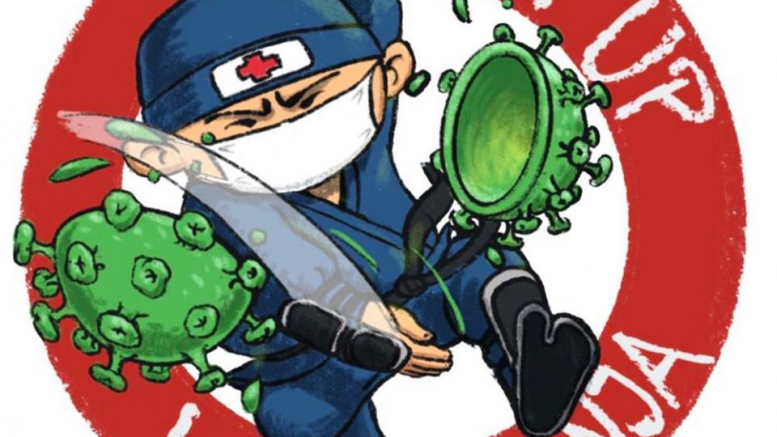Could nearly half of those with Covid-19 have no idea they are infected?
By David Cox
The Guardian (5/30/20)
When Noopur Raje’s husband fell critically ill with Covid-19 in mid-March, she did not suspect that she too was infected with the virus.
Raje, an oncologist at Massachusetts General Hospital in Boston, had been caring for her sick husband for a week before driving him to an emergency centre with a persistently high fever. But after she herself had a diagnostic PCR test – which looks for traces of the Sars-CoV-2 virus DNA in saliva – she was astounded to find that the result was positive.
“My husband ended up very sick,” she says. “He was in intensive care for a day, and in hospital for 10 days. But while I was also infected, I had no symptoms at all. I have no idea why we responded so differently.”
It took two months for Raje’s husband to recover. Repeated tests, done every five days, showed that Raje remained infected for the same length of time, all while remaining completely asymptomatic. In some ways it is unsurprising that the virus persisted in her body for so long, given that it appears her body did not even mount a detectable immune response against the infection.
“Almost all evidence seems to point to a proportion of asymptomatic infections of around 40%, with a wide range. The proportion is also highly variable with age. Nearly all infected children seem to remain asymptomatic, whereas the reverse seems to hold for the elderly.”
When they both took an antibody test earlier this month, Raje’s husband showed a high level of antibodies to the virus, while Raje appeared to have no response at all, something she found hard to comprehend.
“It’s mind-blowing,” she says. “Some people are able to be colonised with the virus and not be symptomatic, while others end up with pretty severe illness. I think it’s something to do with differences in immune regulation, but we still haven’t figured out exactly how this is happening.”
Epidemiological studies are now revealing that the number of individuals who carry and can pass on the infection, yet remain completely asymptomatic, is larger than originally thought. Scientists believe these people have contributed to the spread of the virus in care homes, and they are central in the debate regarding face mask policies, as health officials attempt to avoid new waves of infections while societies reopen.
But the realisation that asymptomatic people can spread an infection is not completely surprising. For starters, there is the famous early 20th century case of “Typhoid Mary”, a cook who infected 53 people in various households in the US with typhoid fever despite displaying no symptoms herself. In fact, all bacterial, viral and parasitic infections – ranging from malaria to HIV – have a certain proportion of asymptomatic carriers. Research has even shown that at any one time, all of us are infected with between eight and 12 viruses, without showing any symptoms.
Perfect evolutionary sense
From the microbe’s perspective, this makes perfect evolutionary sense. “For any virus or bacteria, making people infectious but not ill is an excellent way to spread and persist in populations,” says Rein Houben, an infectious diseases researcher at the London School of Hygiene and Tropical medicine.
However, when Covid-19 was identified at the start of the year, many public health officials both in the UK and around the world failed to account for the threat posed by asymptomatic transmission. This is largely because they were working on models based on influenza, where some estimates suggest that only 5% of people infected are asymptomatic. As a result, the large scale diagnostic testing regimes required to pick up asymptomatic Covid-19 cases were not in place until too late. …
(Cartoon by Seth L. Taylor, 2020.)


